
How to Choose Pad Mounted Transformer?
Table of Contents Selecting the right pad-mounted transformer requires careful consideration of several critical
ELECTRIC, WITH AN EDGE
Consider the input and output voltages, frequency, and current to choose the right transformer. In choosing a 5 MVA transformer, keep in mind that the higher the frequency, the faster the voltage changes.
A transformer is a device that transfers electrical power from one circuit to another through electromagnetic induction. Transformers are used to match voltages between two devices or to isolate devices from the high voltage wires.
Transformers may be used in AC electrical power distribution to match the voltage delivered to a load (for example, lighting or motors) with the supply voltage. By reducing the power transmitted to a load when there is little or no current (no load), transformers reduce the amount of wasted power that is transmitted along the wires.
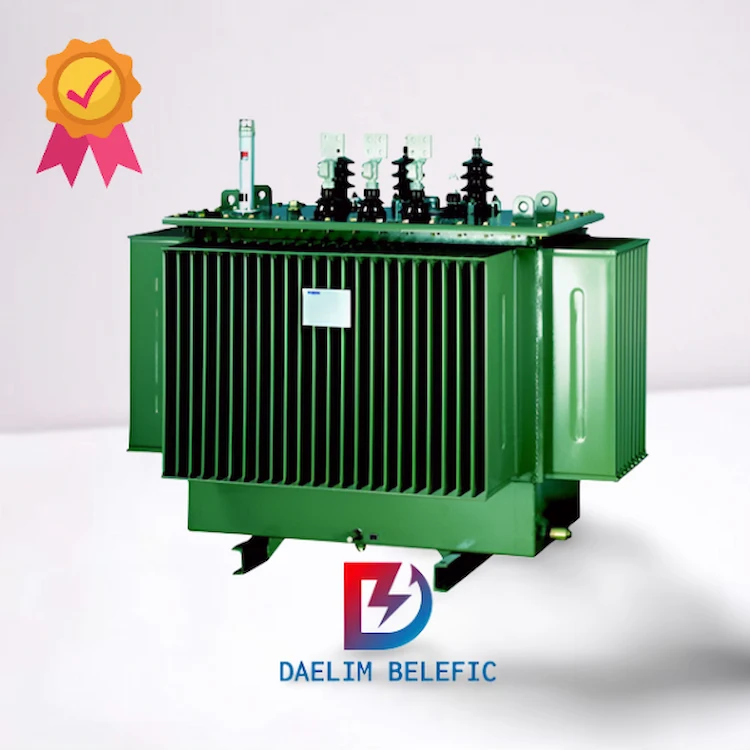
Once you have a basic understanding of transformers, they are extremely straightforward machines. Transformers are made up of three primary components: a core and two sets of wire coils, and the primary and secondary windings are the two types of coils.
Researching the types of transformers will help you make better decisions. DAELIM also delivers cutting-edge techniques to enhance the transformer’s function optimally and satisfy the customers’ needs.
The demand for power where it is needed is constantly increasing. In the present times, almost everything we use runs on electricity. From kitchen appliances to water pumps and even television sets, these devices need a continuous flow of power to work efficiently. One way of supplying this power is by using transformers (or simply transformers) that step up the voltage from low-voltage AC or DC sources to high-voltage AC or DC mains voltages.
There are many reasons for choosing Daelim, but first and foremost, we need to understand that quality is the most important thing in transformers, which is why it’s vital to choose a transformer with a high-quality level.
One of the most important factors to consider when choosing a transformer is the manufacturer. If you want to be sure of getting one with long life, using one that was made with high-quality parts and materials is a must. It is highly recommended that you choose one that has won several awards or recognitions for being among the best.
Daelim is recognized by both industry experts and ordinary consumers alike for producing high-quality transformers that have been on top in terms of quality for several years now. Daelim Transformer has an excellent track record as a transformer brand and more!
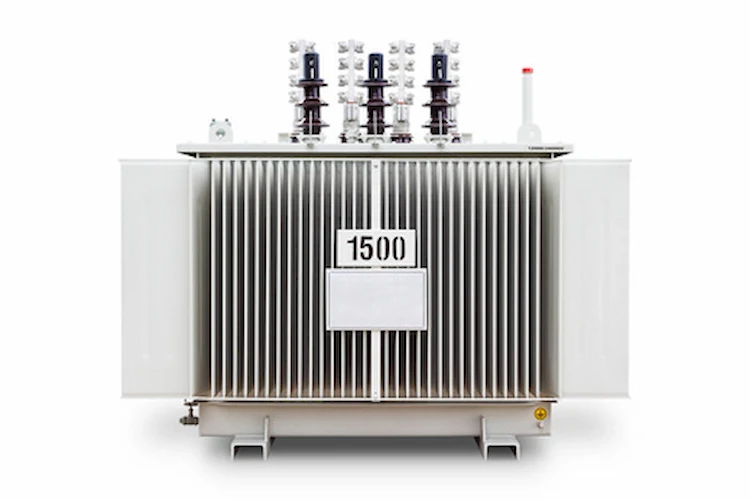
The spectrum of use, structure, rated energy, and voltage level all play a role in formulating the 5 MVA transformer oil volume. Generator transformers are at the top of the 5MVA transformer parts list, followed by distribution transformers.
A generator 5 MVA 33/11kv transformer is directly linked to the engine of the power plant. Generally, a 5MVA transformer current score has a power level that exceeds 1000 MVA.
The total capacity voltage variation of this transformer is about 1500 kV. Additionally, the maximum loading current of the transformer delivers electric power to users.
Transformers with a maximum load of 5 MVA have been built as either liquid-filled or dry-type. Transmission systems are transformers with a capacity of up to 2.5 MVA and an intensity of up to 36 kV; nevertheless, all higher-rated circuits are classified as distribution transformers.
Learning about 5MVA transformers could be confusing at first, but you’ll get the hang if you read the manuals and the specifications that come along with them.
There are many advantages of a 5MVA transformer. It is a device that uses direct current to increase the voltage or energy of alternating current from the alternating power grid to 110 volts. A 5 MVA transformer will help in supplying electrical power for loads, such as appliances and home use, that require 110 volts and use less electricity than what is delivered by an electrical grid with 220-240 volts.
Protect your electronics from overloading while they are powered on. By helping to restore power flow when needed, this transformer will help keep your circuits from overloading or shorting out. It is ideal for rapidly charging low voltage batteries in things like flashlights and radios by charging them with the direct current instead of alternating current.
It is designed to ease the work of home repair and installation of electrical systems while maintaining efficiency. It is easier than it sounds, though a professional may be needed for installation or replacement. The 5 MVA transformer uses a lower voltage compared to the grid. Thus, you can use less electricity at home each month.
The 5 MVA transformer will help save money on your electric bill, but with its advantages, you can still get the power you need from the grid with savings. The 5 MVA transformer is a small device that has many advantages for use at home. You can reduce your electricity bill by using a 5 MVA transformer. It is cost-efficient to use the 5MVA transformer because it reduces the voltage, which will lessen the yearly electricity bill.
The 5MVA transformer is more cost-effective than other transformers because it reduces the costs of operating appliances. The 5mVa transformer can be used for home repair and installation of electrical systems while maintaining efficiency. The higher the voltage, the more energy you need to use to turn on equipment or appliances in your house, like lights or refrigerators.
Transformers are a fascinating piece of equipment and serve an essential purpose in the electrical industry. This post includes the definition of what a transformer is, what they do, and how they compare to other devices in the electrical field. It also covers why you need a 5MVA transformer and what makes it different from other transformers.
Transformers are one of many types of electric equipment that have been around for over 100 years. They require very little power to operate but can provide significant amounts of power depending on their capacity or VA rating when they’re connected to high voltage sources such as power lines or transmission lines. Transformers are used in areas where power is supplied by a high voltage source, such as from a power station.
The voltage at the outputs of a transformer is converted to lower voltages for various locations in your electrical system such as wall outlets or to carry electricity out of the electrical system.
A very common application for transformers is with residential and commercial residential electrical wiring in strip-lit apartment buildings which consists of live wires coming out of the walls, along with neutral and ground wires coming out of the building. The neutral wire serves as an ungrounded conductor that allows electricity to flow through the building while you’re inside.
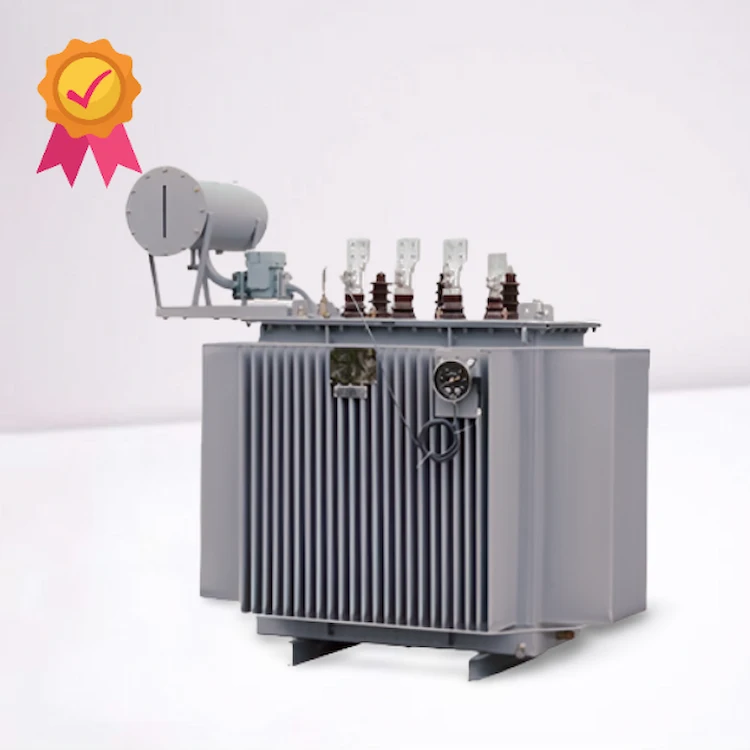
The 5MVA transformer specification is important when you are buying a transformer. Understanding the specifications and dimensions of a transformer would be easier for consumers like you to decide which one you want to buy for your needs.
For reduced voltage coils, copper or aluminum is utilized as the conductor. Foil or rectangular segment paper is used to make coils.
The layers are separated using thermally enhanced paper (DDP) and a DDP resin layer. Copper and aluminum conductors are used for high-voltage coils.
Layer isolation’s unique structure boosts sensitivity to voltage levels and aids in the manufacturing of void-free, strong, and high-quality coils. It is, to put it differently, a high-quality coil.
The frequency of this transformer should be 50 HZ, and the rating is 5 MVA, 3PH, 415/6.6/11KV. In terms of the oil capacity, it should have 250 liters, and the type of oil should be TC OIL.
Generally, the CT ratio would be 100/5A, while the PT ratio is 11/110V. Transformer cores are comprised of grain-aligned silicon steel that has been cold rolled.
High-quality layers are used to make cores. The core sheet is selected depending on the customer’s need for low distortion. The sheets are matched without burrs.
It would help if you considered the 5MVA Transformer Specifications to match their needs and avoid wasting money on the wrong ones.
A typical use case for a 5MVA transformer is an industrial power distribution system. A small-scale example would be the wiring of a residential home. The system specifications can serve as a good starting point when designing your custom power transmission system. When you are designing custom power transmission systems using our 5MVA and higher-rated transformers, it is critical to choose the proper frequency range and line configurations.
The minimum insulation level is calculated based on a maximum ambient temperature of 45℃ at 80% NEP (Noise Envelope Power level) (As per the standards of IEC6100-4-30). If a system is designed with low impedance circuits (i.e. ground level or lower), the minimum insulation level may be lowered.
The rating of the primary winding is a conservative estimate, and the actual rating can be higher based on the individual transformer design. Each secondary winding has a rated current.
However, typically no more than 10% of the rated current is actually used in actual systems. Therefore, it is still important to use high-voltage design methods which can utilize all available secondary voltage levels so that full load current can be drawn on all secondary windings as needed.
The nominal power rating does not apply if the ambient temperature exceeds 80℃ (The ambient temperature, in this case, is within this range for 5MVA & above transformers). Based on local regulations, it is recommended that transformers used in residential applications be installed outside of the building unless electrical codes allow indoor installations.
The resistance of the control cables is not included in the calculation for heating effects. However, if this resistance is large enough to affect system temperatures significantly, please contact us for assistance in determining proper cable specifications.
When an electrical supply is needed, a 5 MVA transformer supplies the power to supply it. This type of transformer delivers its power through a single-phase or three-phase, depending on what is needed. Other types of 5 MVA transformers include delta, wye, and sine wave types.
The different types of 5 MVA transformers are designed for specific purposes that can be used for generating alternating current (AC), direct current (DC), or both with the help
of one circuit diagram and can provide its load with voltages from 220 to 620 Volts at 1750 Amps maximum continuous without melting down or catching fire.
5 MVA transformers can be designed for high-frequency applications and can deliver their power at frequencies from 20 to 100,000 Hertz. These types of transformers work on a single phase and are used wherever electrical supply is needed that is continuous, independent, or isolated with the help
of a single winding.
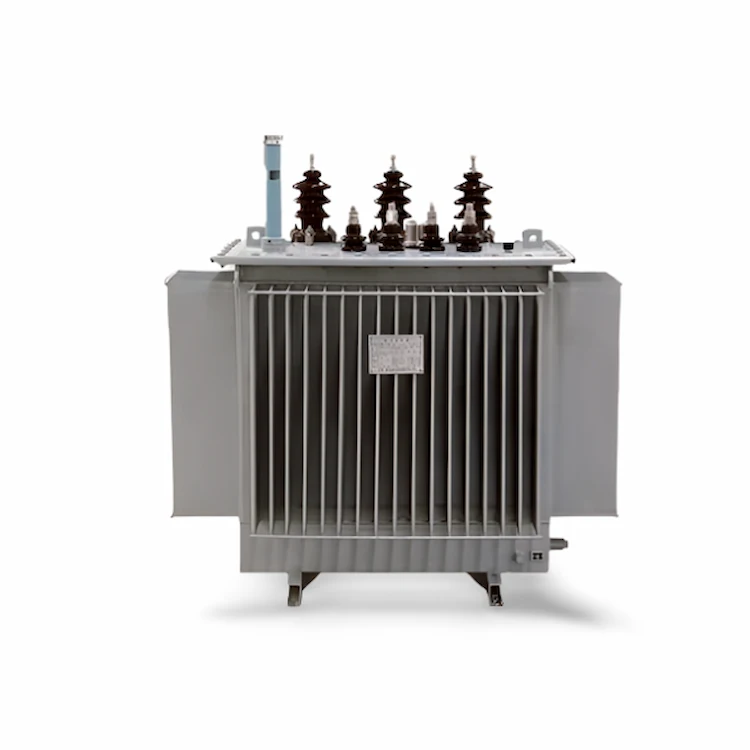
Different types of 5 MVA Transformers are intended for different use and usually depend on the customer’s needs. Customers like you need to know what these types are for and their specifications and dimensions.
A step-down transformer changes high voltage (HV) and low resistance from the transformer’s main side to low voltage (LV) and high current on the secondary side. Normally, a step-up transformer is the opposite of this.
Generally, a transformer is a machine that transforms electrical energy into magnetic energy and back to electrical energy. Individuals can use a step-down transformer in various methods in electrical systems and transmission lines.
In an electricity system, step-down transformers play a crucial role. They reduce the power and tailor it to the needs of energy users.
Electricity is generated at a voltage of 20 kV and then ramped up to 440 kV for long-distance transmission. A step-down transformer reduces the power to 11 kV when it arrives at a distribution facility.
Additionally, a step-down transformer limits the current to the normal 220 V suited for consumer use for transmission to potential customers.

An oil-immersed transformer is a current conversion instrument that utilizes oil conditioning to keep the transformer cool. The base of the Oil-immersed transformer is mounted in a steel tube oil tank full of the insulation system, unlike the dry type transformer.
When an oil-immersed transformer is in use, the heat produced by the iron core and coil is first transferred to the insulating oil. It is then moved to the coolant fluid. Generally, it can be classified into two types based on capacity: an immersed forced air cooling transformer and a natural cooling transformer.
The magnetic core, windings, and bushings are the essential components of the oil-immersed magnet, and its magnetic core gives a route for magnetic flux.
A conductor coil is looped throughout the core and covered using pressboard walls and filters to produce a magnetic field. With increasing voltage, the diameter of the winding insulation rises.
Transformer windings are connected to substations by bushings. Power grid and electrical substations utilize oil-type transformers.
The coils and core are submerged in oil to cool and protect them. Convection moves oil via the ducts found in the coils and around the core unit.
Smaller ratings use the outside tank to cool the oil, whereas bigger ratings use a radiator that’s air-cooled.
A transformer converts electric energy from one form to another. It can be used to provide power in a home, create light, or even step up the voltage and then down again. A transformer looks like a cage with coils inside it. Electricity runs through the coils which create magnetic fields in the air that cause a current to flow through any nearby wires.
The changing magnetic fields draw raw power from outside of the transformer and make it usable for different purposes. Transformers are also used in power plants, in chemical factories, and in other industrial applications. Transformers that supply electric power to homes and businesses are called distribution transformers.
A transformer consists of 2 or more coils of wire called ‘windings’ encased in an insulated case. These windings are separated by an iron core, laminated with layers of insulation and that helps in transferring the magnetic flux produced by one coil to another coil.
During operation, when a voltage is applied across the primary winding, a changing flux caused by this alternating current induces an electromotive force (emf) in the secondary winding also known as induced emf.
The induced emf, in an ideal transformer, is directly proportional to the time rate of change of magnetic flux hence is a function of the primary current, the number of turns in the secondary and core. The Voltage and current ratio between primary and secondary are the same as the ratio of the number of turns in primary and secondary.
When power is switched off from the primary winding, no voltage exists across the secondary winding hence no current flow in it. In order to achieve this a device known as ‘Transformer Cutout’ has been used which interrupts conducting path whenever there is no power supply to the primary winding.
An ideal transformer works by using one coil for all of its operations. When an electric current passes through one coil of wire inside a core, it induces a magnetic field around that coil according to Faraday’s law of induction. In the presence of a changing magnetic flux (electric current flowing through it), the preferred direction is along with the current and away from the source.
This induces an electromotive force (minimum) in another conductor that has been placed in close proximity to the first conductor. The phenomenon repeats, with different coils inside the core, and if just enough turns are added to provide a large enough electromotive force near each coil, then the induced voltage is nearly equal to the voltage at one end of the core. If we want to match voltages we use multiple cores connected together without any gaps, then it will be possible for us to create a fully balanced transformer.
The Transformer 5MVA is a transformer type of security power supply in which voltage and current are transformed through switched-mode power conversion. This device is usually used to regulate voltage and current. The transformer 5MVA transmits the input AC at fixed symmetry balanced output to the load as DC with accurate polarity and phase balance.
The transformer 5MVA is an electrical device that transfers electrical energy from one circuit to another. It is primarily used in conjunction with an alternator and an automatic voltage regulator, both of which are charged by a starting motor and a generator. The transformer 5MVA reduces the voltage supplied by the generator and supplies it to the devices.
An AC transformer in which the secondary terminals are connected directly to one side of the line voltage, while the primary and secondary windings have no common connection. When a magnetizing current is switched on, it strengthens the primary winding and weakens the secondary winding. This process reverses itself when the current is switched off. Differentially operated circuits are configured so that the phase of the AC signal can be chosen.
The transformer 5MVA works by using a non-inductive electromagnetic field to generate alternating voltages of up to 3kV in each half-cycle. The output voltage is due to electrostatic induction effects and remains stable over long periods of time (more than 10 years). The transformer 5MVA can be optically isolated from this field using a plastic enclosure which makes it resistant to damage during lightning storms or electrical interference.
Also known as a ‘plug-in transformer’, the Transformer 5MVA may be placed on a table or mounted on a wall. It is subject to surge-induced voltages of up to 6000V and can be used in high-voltage networks, with an output voltage that may be set between 12 and 240V DC.
The voltage can be adjusted by turning the knob located on the external surface of its enclosure. The transformer 5MVA is designed for use as an AC using a primary voltage of 115V or 230V, but it is also compatible with voltages from 100 to 250 VAC.
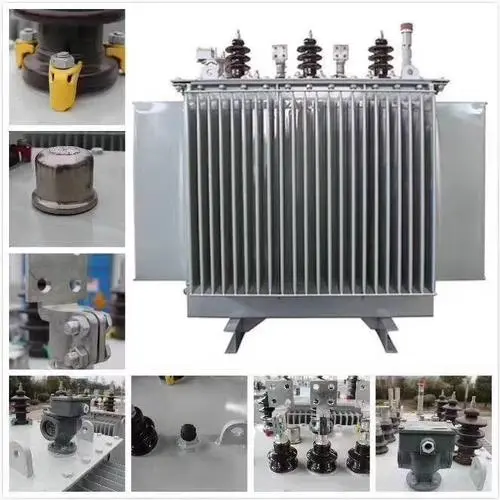
You must put a strong engine to the mining operation before cryptocurrency mining can commence. As the initial stage of power source, a good transformer can minimize cost instead of buying costly ones that are not efficient.
Transformers also play a huge role in bitcoin, and one must be aware of the components and the capacity of the transformer, and its power for mining. Some may find it confusing, but you should include the bitcoin mining power system of a transformer in the decision-making process.
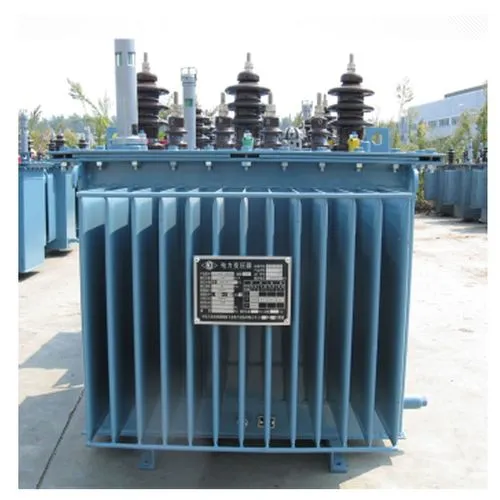
You’ll need to determine the power, speed, and phase count. If you assume a 5 MVA, 11kV, 3 Phase, 50Hz transformer, its amperes are equal to 5*1000/(11*1.732).
Luckily, there are formulas and equations you can use to measure this.
Transformer oil should be dissolved gas analyzed once every two years for transformers over and below 132kv.
Screening transformer and insulator oils continuously are standard procedure in the industry. General and physical examinations are recommended for transformers in service for at least 5 years, dissolved gas assessment once a year, and Furan testing every 2 years.
In general, a 5MVA Transformer is a device that transmits electrical energy between circuits. They are utilized in an array of sectors for several purposes.
Purchasing a transformer is a pivotal step that Individuals should carefully consider. Before buying a transformer, you need to examine various components to enhance that its operation is optimum and effective.
In DAELIM, high-quality products and services are guaranteed customer satisfaction. Cutting-edge technology is utilized for the efficiency and effectiveness of the products.
Download Resource

Table of Contents Selecting the right pad-mounted transformer requires careful consideration of several critical

The primary function of the pad mounted transformer is to serve as a critical distribution

A pad mounted transformer operates through electromagnetic induction, serving as a crucial distribution component that
After filling in the contact information, you can download the PDF.